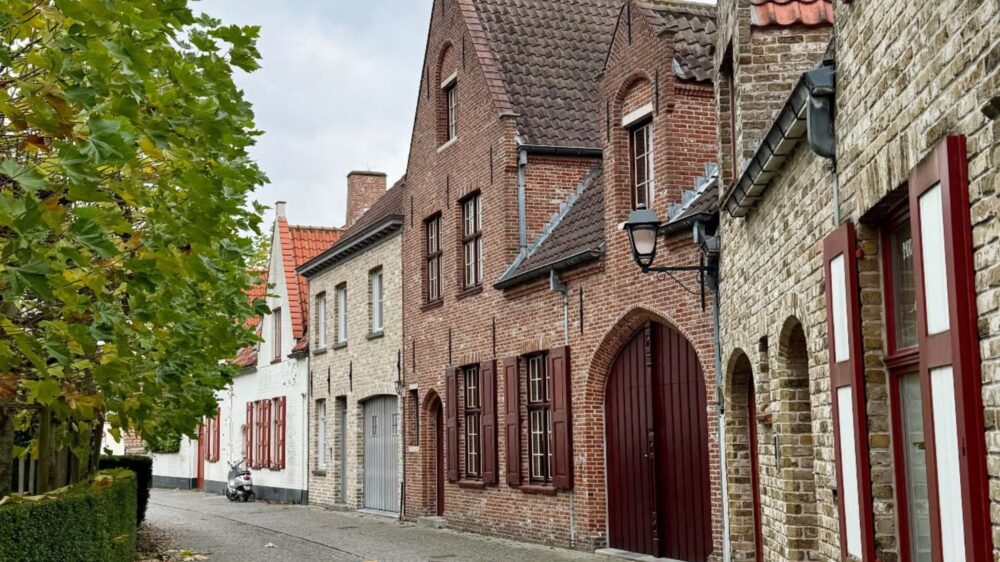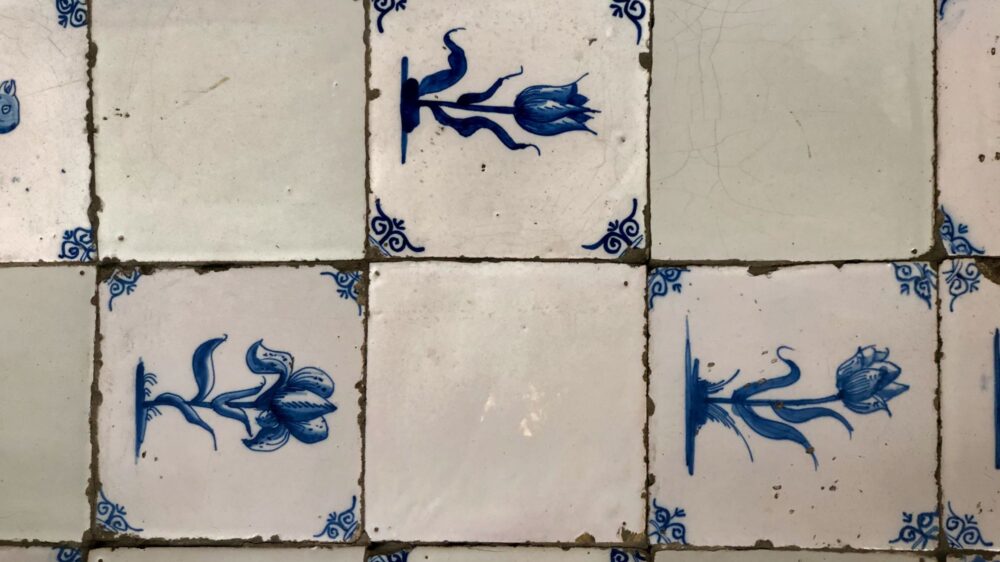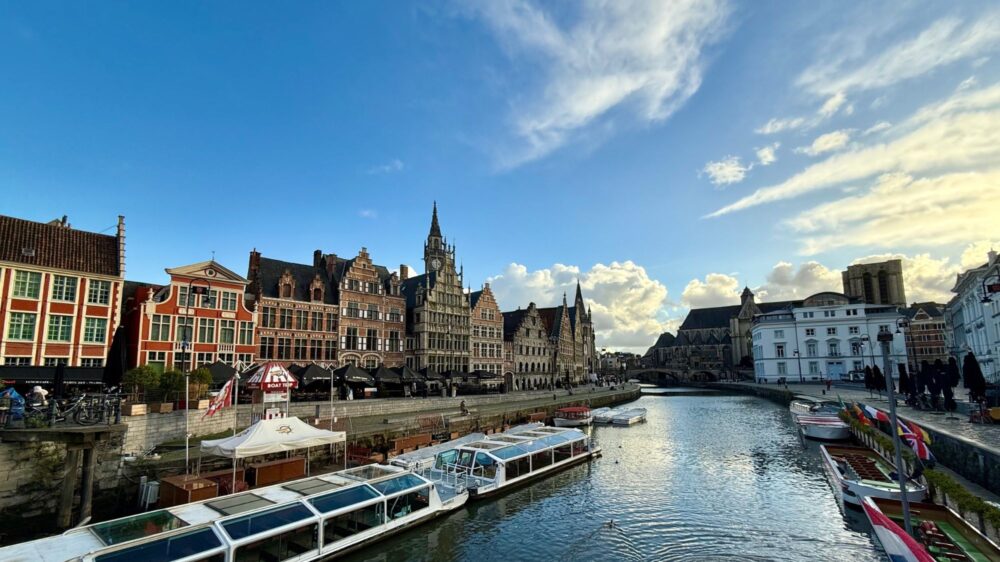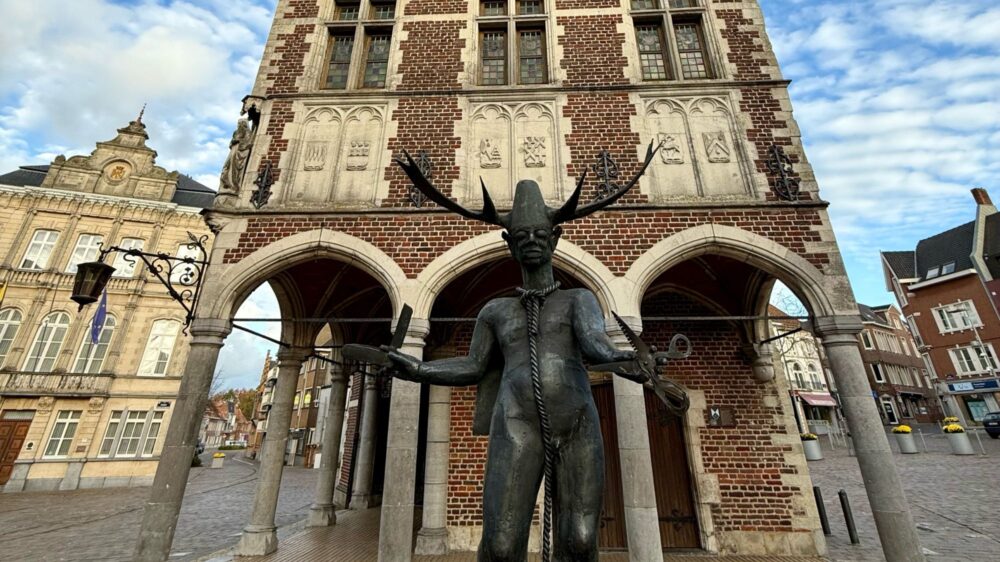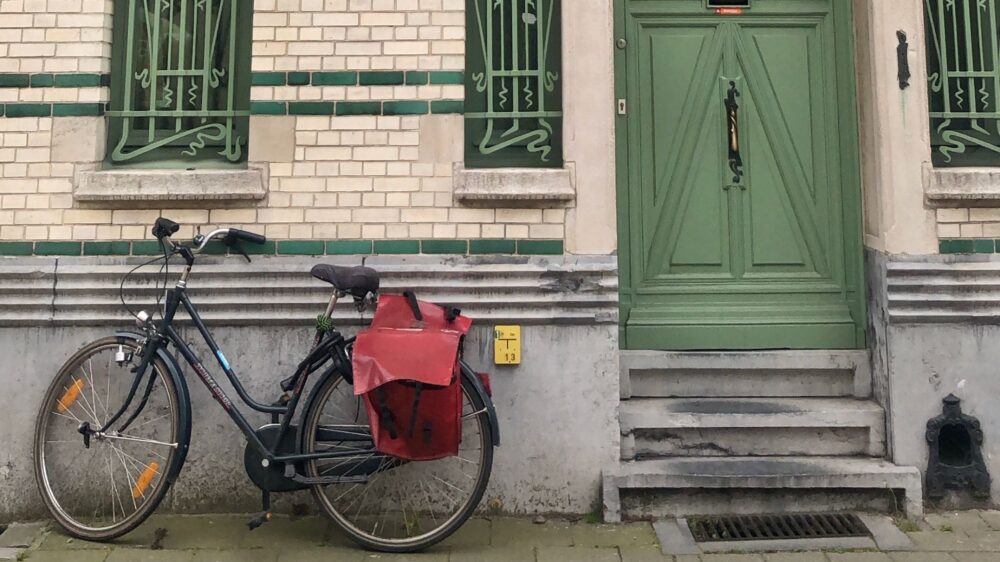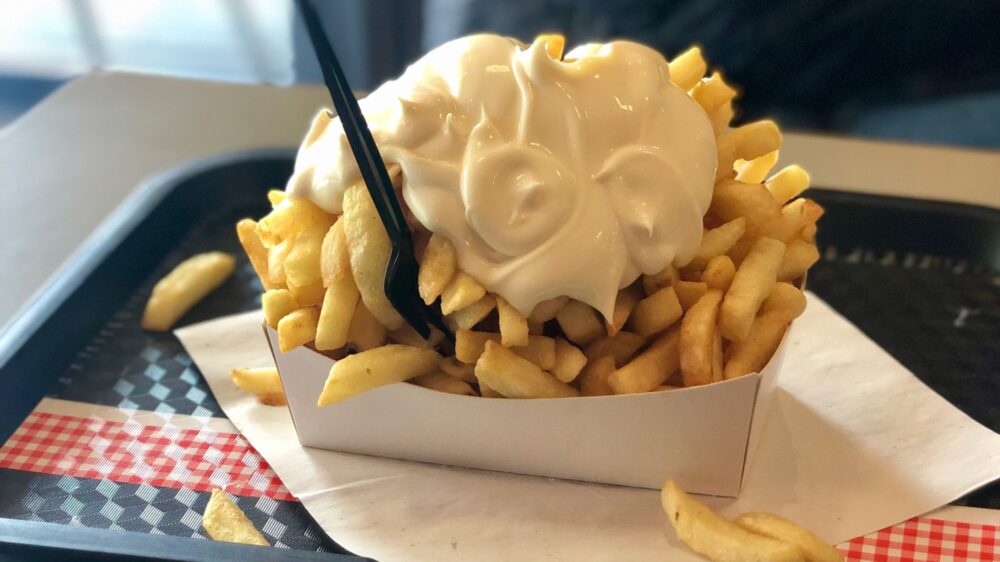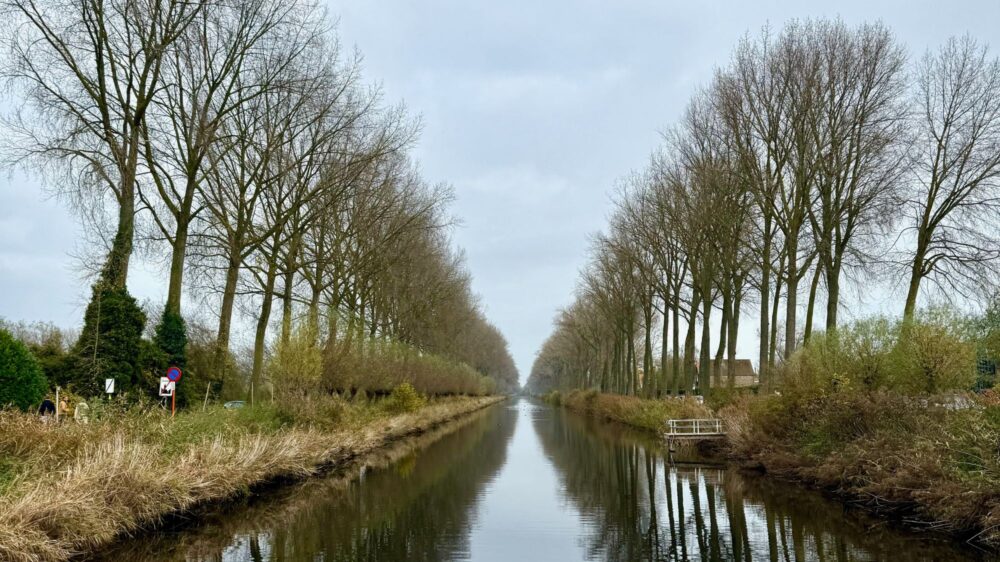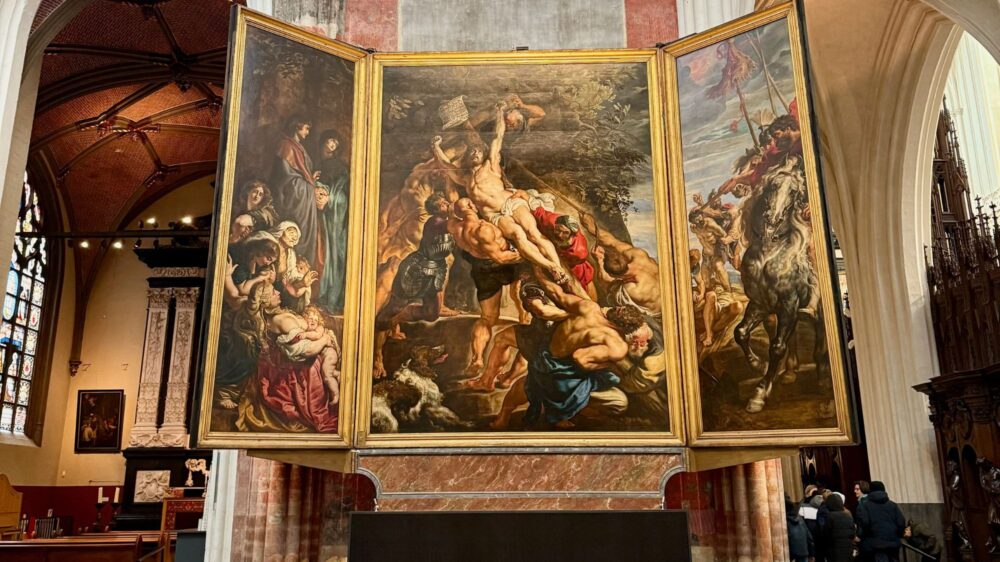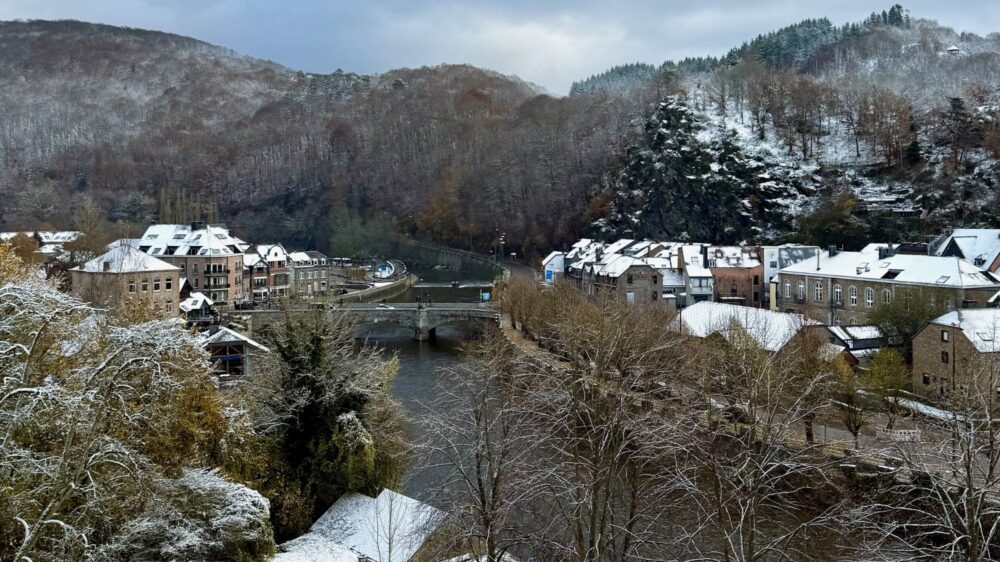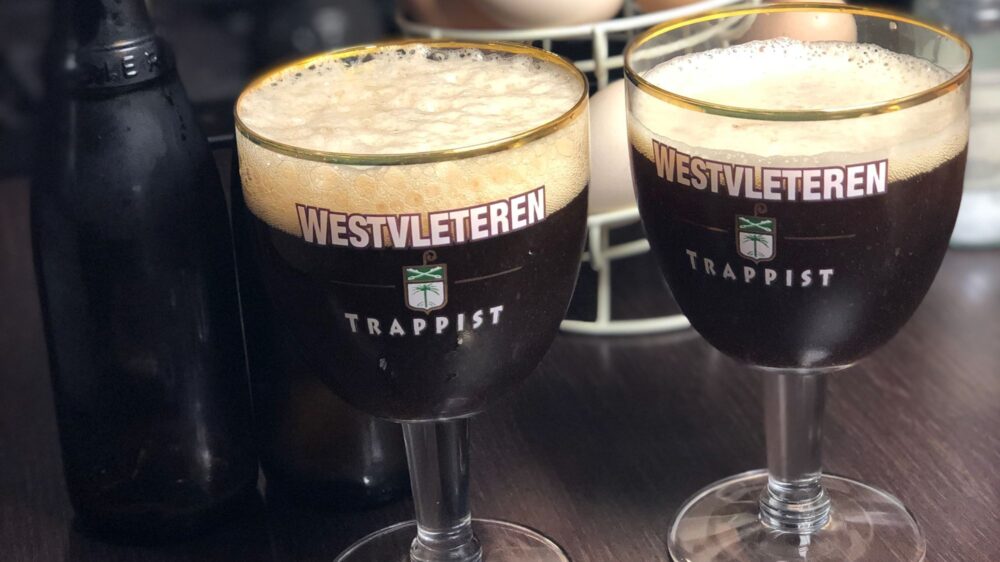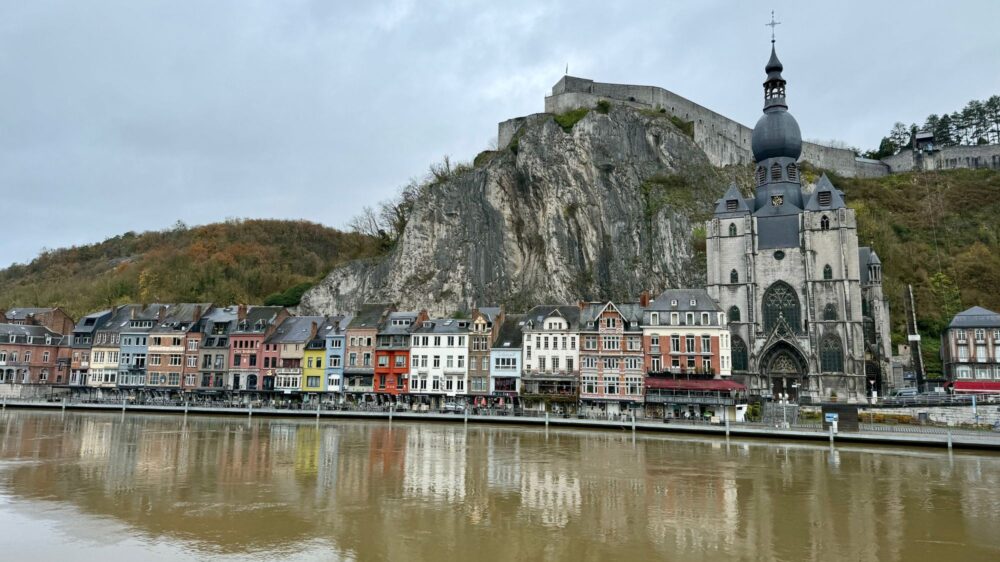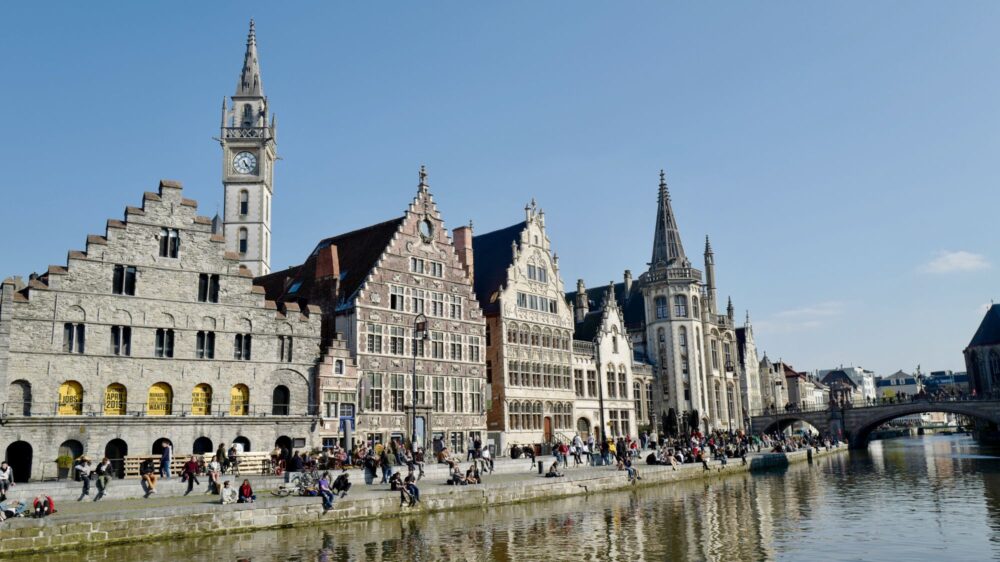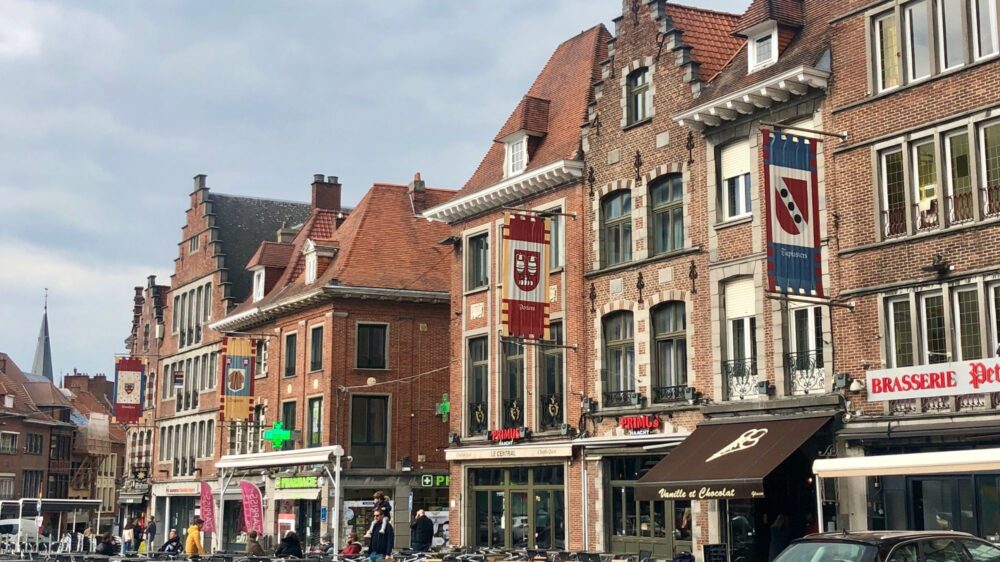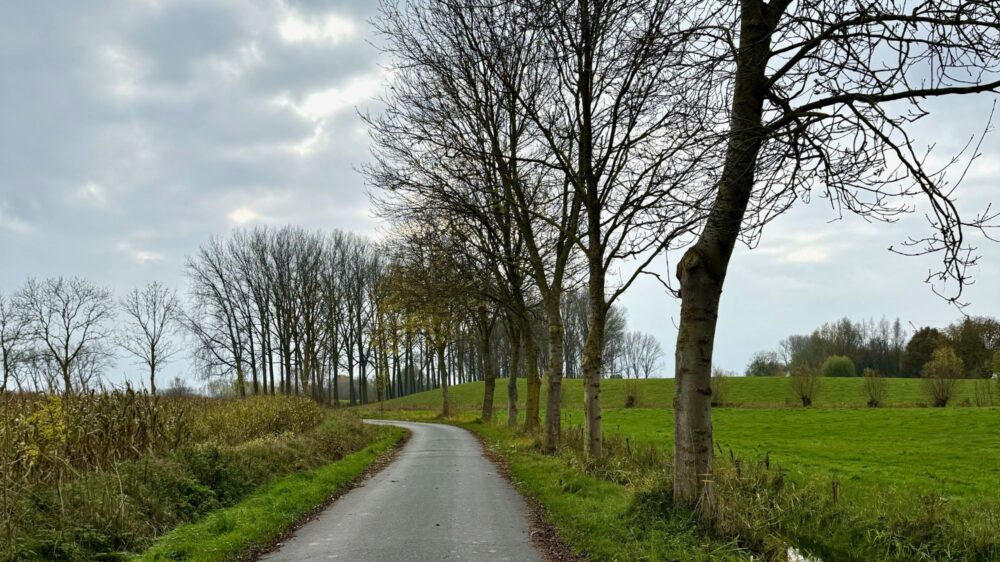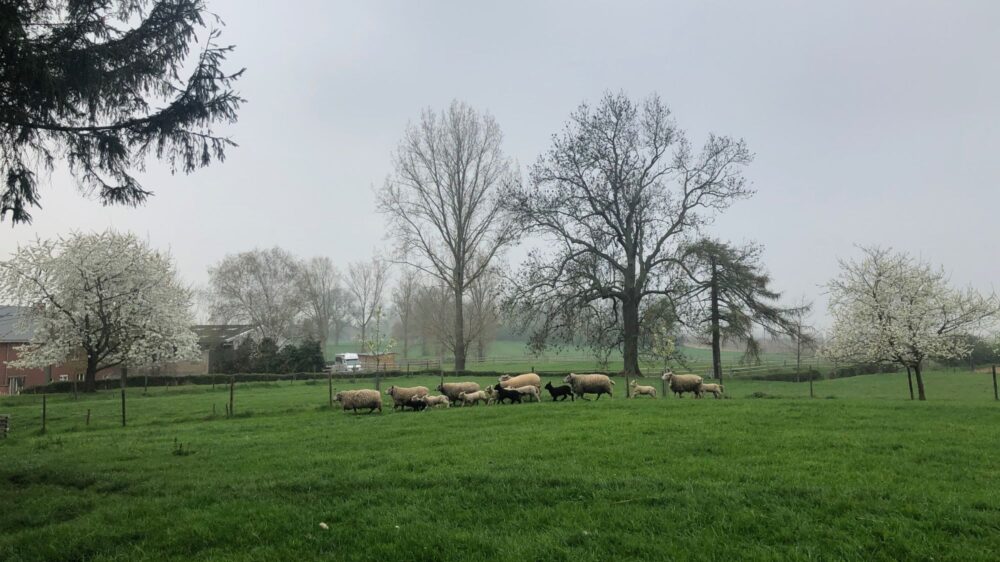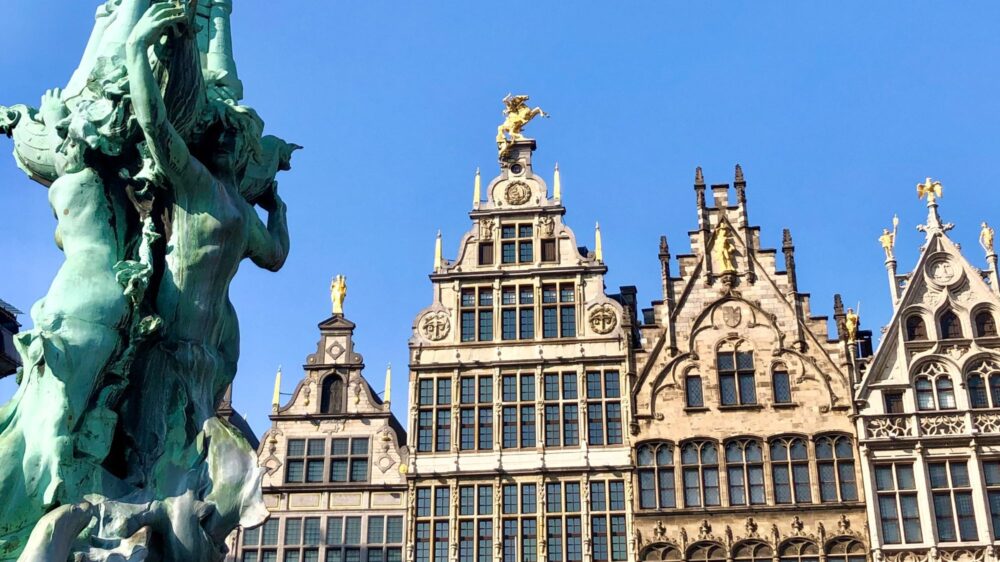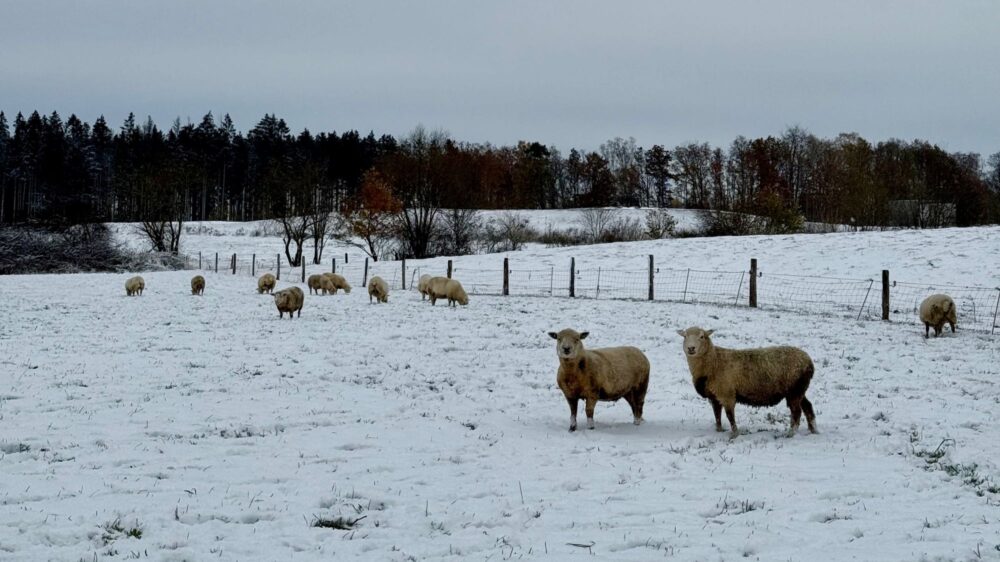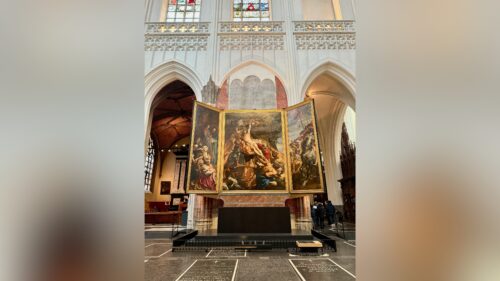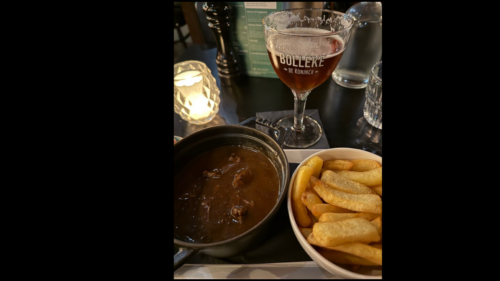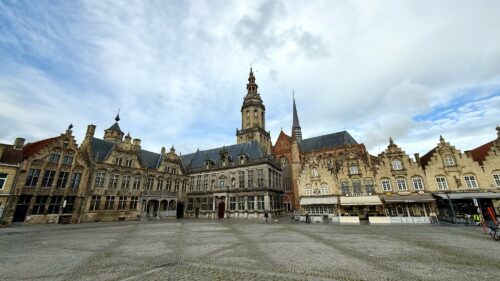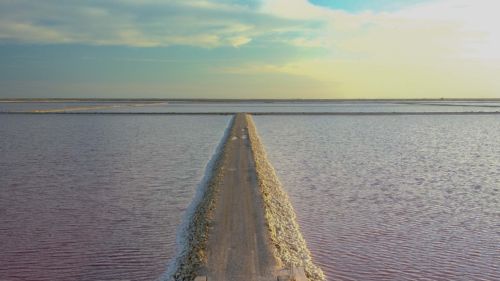Belgium
Belgium may be small in size, but it packs a punch. From perfectly preserved medieval towns, outstanding works of art and architecture, a deep-rooted cycling culture, and a food scene to humble their noisy neighbours, the Belgians stand proud with an identity that dates back to pre-Roman times. It’s a country we love for a lot more than the widely known trifecta of beer, chocolate, and waffles.
In A Nutshell
Belgium’s history stretches back centuries, starting in the medieval period when it was a patchwork of small duchies, counties, and bishoprics. This ever-shifting collection of territories was prized for its position at the crossroads of Europe, and over time, it came under the control of powerful rulers like the Dukes of Burgundy and the Hapsburgs. Fast forward to 1830, when Belgium declared independence from the Netherlands—and the modern country began to take shape. Its location made it a battleground during both world wars, and in more recent years, Belgium became a founding member of the European Union, further cementing its importance on the global stage. It’s a history rich with influence, power struggles, and cultural evolution, all of which you can still trace in the cities, art, and architecture you’ll encounter today.
Brussels Zaventem is the international airport that connects Belgium to most major hubs across North America and Europe. Brussels is also connected directly to London St. Pancras via the Eurostar, and Paris, Amsterdam and Frankfurt thanks to the high-speed rail network. Once you’re in country the train system is world-class, and links even the tiniest villages to the larger centres. Renting a car allows you to move beyond the larger cities and into the countryside where you’ll get a more holistic impression of the landscape and culture. For those who enjoy biking, there may be no better country in the world to explore on two wheels; cycling culture is part of Belgian DNA.
Many travellers make a quick pitstop in Brussels while travelling between Paris and Amsterdam, some may add an extra day or two to include time in Bruges. While Brussels and Bruges are great introductions to Belgium, they’re just the beginning. Both the Flemish and Walloon regions offer rich, varied experiences that dive deep into the country’s culture, history, and natural beauty. Larger cities like Antwerp and Ghent in the north and Liège, Namur and Tournai in the south along with smaller towns like Damme, Veurne, Oudenaarde, and Mechelen are well worth visiting, as are countless smaller towns that dot the landscape. Whether you're biking through the countryside, exploring historical sites, or simply enjoying a cold beer at a local café, Belgium offers a little bit of everything. It’s the kind of country where you can take it slow, savour the details, and uncover new surprises at every turn.
One of the most fascinating aspects of Belgium is its division between two distinct regions: Flanders in the north and Wallonia in the south. The difference is primarily linguistic—Flemish speakers in the north, French speakers in the south—but it goes beyond that. These two regions have developed their own cultures, traditions, and even political structures over time.The Flemish region (which includes cities like Antwerp and Ghent) is known for its Dutch heritage, while Wallonia (with cities like Liège and Namur) carries a strong French influence. This divide can sometimes feel like a slow-burn rivalry, but it’s also part of what makes Belgium a fascinating mix of cultures, languages, and even cuisines. You could easily spend a day in one region and feel like you’ve crossed into a completely different world.
When To Go
Spring in Belgium is a magical time to visit. The weather is mild, the crowds are smaller than in the summer months, and the country’s stunning gardens and parks are in full bloom - and the crowds haven’t yet reached their summer peak, so you can explore the cities and countryside at a more leisurely pace. Summer weather is warm, but rarely too hot, making it great for outdoor activities. You can also enjoy long days filled with sunshine - around 16 hours of daylight! Of course, this is also the busiest time of the year, making key sites more crowded. Autumn shows the country at its most atmospheric, with fewer tourists and the added bonus of autumn colours transforming the country’s landscapes. The Ardennes region, in particular, is stunning in fall, with its rolling hills and forests bursting with red and orange hues. The weather is still pleasant, and there's a certain coziness in the air that makes this the perfect time for indulging in Belgian beer and chocolates in one of the country’s charming cafés. Even winter can be lovely, with cities beautifully lit up with holiday decorations, and there’s something special about wandering the cobbled streets with fewer tourists around. Though it can be cold and rainy, winter has a cozy, intimate atmosphere.
Hotels
Belgium offers a range of accommodation options to suit most styles and budgets—from luxury hotels in the major cities to small, family run properties off the beaten path. Whether you’re looking for classic elegance, modern design, or something more unique like a stay in a former church or castle, Belgium's hospitality scene has plenty of options to make your trip memorable.
Ingredients
- Touring the Belfries and Medieval Towns. Belgium’s medieval towns are like time machines, and you can't visit without stepping into a piece of history. Climbing the Belfry of Bruges or Ghent will not only give you a great workout but also reward you with panoramic views of the city. These medieval towers were once used as a place for keeping watch over the town and as a symbol of independence. Standing at the top, you get a unique glimpse of how these historic places have grown and evolved. Bruges and Ghent are especially famous for their medieval charm, but don't forget smaller towns like Lier or Tournai for an equally impressive experience with fewer crowds.
- Sampling Belgium’s Famous Beers. Belgium is a beer lover’s paradise, and there’s no better way to get to know the country than through its brews. From Trappist beers brewed by monks to Belgian saisons, wits, and abbey ales, the variety is incredible. A visit to the Cantillon Brewery in Brussels is a must for sour beer fans, while Westvleteren, one of the world’s rarest Trappist beers, is a treat for those willing to make the pilgrimage to the Abbey of Saint Sixtus. If you’re in Bruges or Ghent, grab a local beer in one of their cozy bars or canal-side cafes for a perfect taste of the region’s brewing culture. The Belgian Beer Museum in Brussels is also a fun (and educational) stop to explore the country’s deep beer heritage.
- Visiting the World War I Battlefields in Flanders. Flanders Fields near Ypres is one of Belgium’s most poignant destinations. The In Flanders Fields Museum and nearby Menin Gate memorial are emotional reminders of the First World War, with the Last Post ceremony held nightly at the Menin Gate to honour the soldiers who died in battle. You can also visit the Tyne Cot Cemetery, the largest Commonwealth war cemetery in the world. These sites offer a powerful insight into the scale of the war and its lasting impact, making it a meaningful experience for anyone interested in military history.
- Exploring Belgian Art and Architecture. Belgium is a treasure trove for art and architecture lovers, offering everything from medieval masterpieces to modern innovations. Starting with the Flemish Primitives—artists like Jan van Eyck and Rogier van der Weyden, whose intricate, devotional paintings set the standard for Renaissance art. In Antwerp, you can’t miss the works of Peter Paul Rubens. For modern art lovers, René Magritte’s surrealist genius takes center stage at the Magritte Museum in Brussels. Belgian Art Nouveau is another architectural highlight, especially in Brussels, where Victor Horta’s iconic buildings like the Hôtel Tassel showcase sinuous, organic forms that broke away from traditional design. Beyond these movements, Belgium’s cities are filled with Gothic cathedrals, Baroque palaces, and Art Deco gems, ensuring that art and architecture enthusiasts will find a rich variety to explore across the country.
- Indulging in Belgian Chocolate and Waffles. It’s impossible to visit Belgium without indulging in its most famous culinary exports: chocolate and waffles. Start with a visit to Chocolatier Pierre Marcolini or Neuhaus in Brussels for a luxurious chocolate-tasting experience. Belgium’s chocolate-making tradition is world-renowned, and you’ll find artisanal chocolatiers crafting unique, high-quality treats. As for waffles, they’re a must-try in Brussels or Liège. Try a Brussels waffle (light, crispy, and perfect for topping with fruit and whipped cream) or the denser Liège waffle, which is a sweeter, caramelized delight. For the full experience, grab one from a street vendor and enjoy it as you stroll the city.
Bonus: Cycling Through the Belgian Countryside. For those who like to be active, Belgium’s countryside is a dream come true for cyclists. Whether you’re pedalling through the rolling hills of Flanders, along the Canal du Nord, or through the Ardennes, Belgium offers one of the most bike-friendly landscapes in Europe. The Flanders Fields Cycling Route is an especially scenic way to explore both history and nature.

